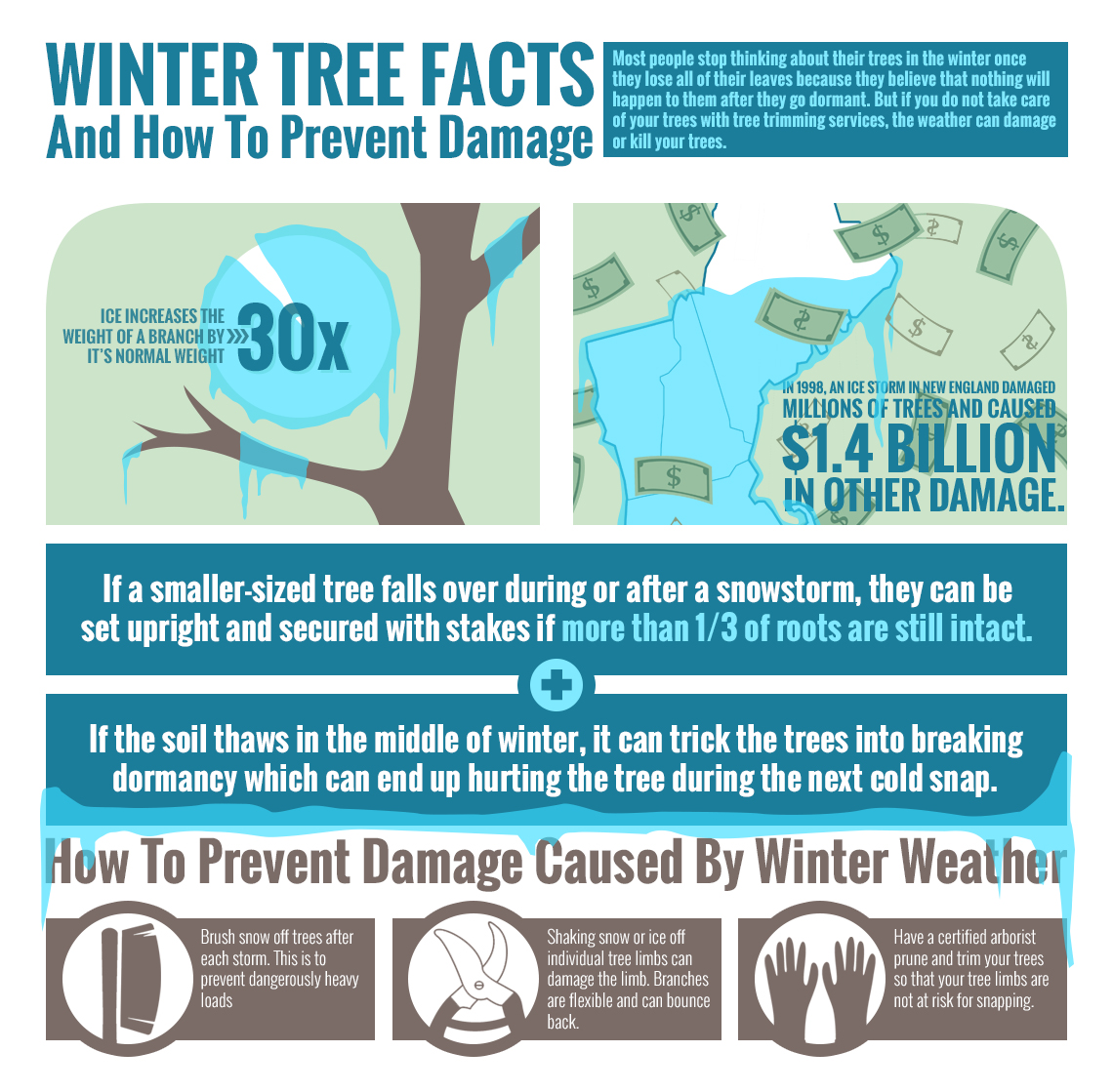Seasonal Trimming Of Trees: When And Exactly How To Achieve Optimum Development
Seasonal Trimming Of Trees: When And Exactly How To Achieve Optimum Development
Blog Article
Written By-Harrison Olson
When it concerns seasonal tree trimming, timing and strategy are vital for your trees' health and development. You could be stunned at just how much an easy cut can urge new life. Understanding when to trim inactive trees versus blooming ones can make all the difference. But it's not just about when; it's likewise about how you do it. Let's check out the best practices to guarantee your trees prosper.
Comprehending the Best Seasons for Tree Trimming
When's the most effective time to trim your trees? The response lies in recognizing the seasons. Late winter months to early spring is commonly perfect, as trees are still dormant. This timing decreases tension and advertises much healthier development when they stir up.
Nevertheless, if you're handling blooming trees, take into consideration trimming right after their blooms discolor. Tree Pruning guarantees you will not cut off next year's blossoms.
In summer season, light cutting can assist preserve shape and eliminate any dead or unhealthy branches. Prevent hefty trimming during fall, as trees are preparing for dormancy and could struggle to heal.
Inevitably, knowing your tree species and neighborhood climate will direct your trimming timetable. Select intelligently, and your trees will certainly thrive beautifully year-round.
Vital Pruning Techniques for Healthy And Balanced Trees
Pruning your trees efficiently is crucial for their wellness and durability. Begin by utilizing clean, sharp tools to make accurate cuts, which helps protect against damages and disease.
Concentrate on removing dead, harmed, or going across branches initially; this encourages far better air movement and sunshine penetration. When cutting, aim for an angle that advertises healing and decreases the risk of rot. Always prune just outside the branch collar, the swollen location where the branch fulfills the trunk, to improve recuperation.
For young trees, shape them by selectively trimming to develop a strong structure. Lastly, stay clear of over-pruning; eliminating excessive vegetation can emphasize your tree.
Common Mistakes to Avoid When Pruning
Many property owners make important blunders while trimming their trees, which can lead to lasting damage.
One usual error is over-pruning, where you eliminate a lot of branches at once. This can stress the tree and hinder its growth.
One more mistake is using plain tools; sharp, tidy devices make cleaner cuts that recover faster.
Don't neglect to prune at the incorrect time of year; wintertime is often best for several varieties, while summer season is excellent for others.
Also, prevent reducing branches also close to the trunk or leaving stubs, as both can invite parasites and illness.
Finally, falling short to go back and assess the tree's total form can cause unequal growth.
Keep these blunders in mind for healthier, flourishing trees!
Final thought
To conclude, seasonal tree cutting is important for your trees' health and wellness and development. By pruning at the correct times-- late winter for inactive trees and right after blooms for blooming selections-- you'll encourage vivid vegetation and blooms. Bear in mind to use tidy, sharp tools and adhere to appropriate strategies to prevent damage. Avoid How To Trim A Tree in the autumn and stay free from common mistakes. With these pointers in mind, you'll keep your trees thriving all year round!
